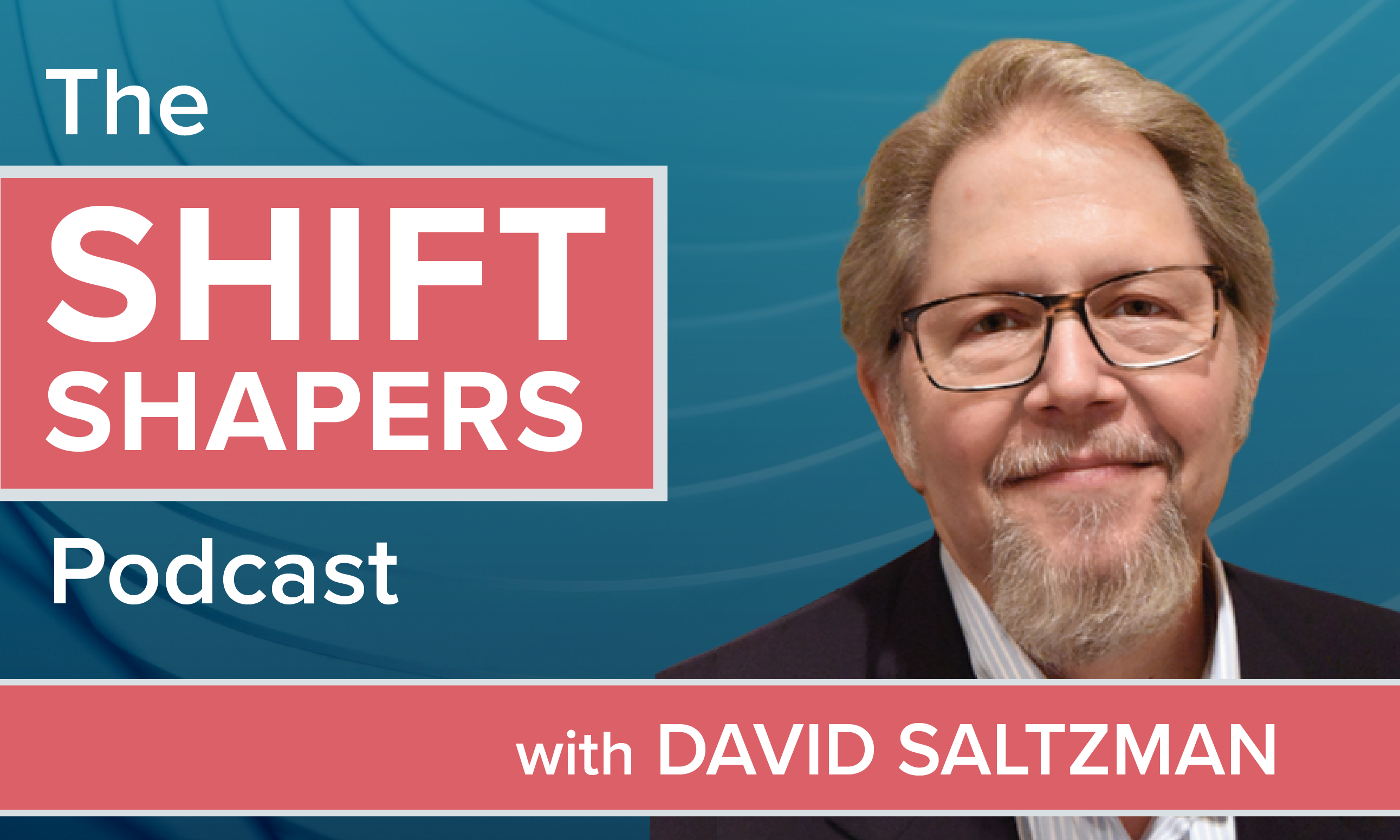 Employee benefits are one of the most important tools for retaining and recruiting employees. They are also quite expensive for the employer and the employee. Too often, utilization falls short, underselling the value of a strong employee benefits offering.
Employee benefits are one of the most important tools for retaining and recruiting employees. They are also quite expensive for the employer and the employee. Too often, utilization falls short, underselling the value of a strong employee benefits offering.
In order to receive a positive return on investment (ROI) for employee benefits, engaging employees is key. Employees that have a clear understanding of their benefits will use their insurance for preventative care or when they first fall ill, instead of waiting until they are in the emergency room. A clear understanding is achieved through one central location for important information, comprehensive education during benefits enrollment, and support for smart decision-making.
|A central location for the important information
A centralized location for relevant benefits information gives employees seamless access to their plans and increased knowledge of how to use them.
Creating one central location does not mean uploading informational flyers to a shared folder in the cloud. Instead, it's about creating a space for employees to conduct all of their benefits activities, from start to finish. Furthermore, it's important for this information to be available anywhere, at any time.
Recommended For You
Complete your profile to continue reading and get FREE access to BenefitsPRO, part of your ALM digital membership.
Your access to unlimited BenefitsPRO content isn’t changing.
Once you are an ALM digital member, you’ll receive:
- Breaking benefits news and analysis, on-site and via our newsletters and custom alerts
- Educational webcasts, white papers, and ebooks from industry thought leaders
- Critical converage of the property casualty insurance and financial advisory markets on our other ALM sites, PropertyCasualty360 and ThinkAdvisor
Already have an account? Sign In Now
© 2025 ALM Global, LLC, All Rights Reserved. Request academic re-use from www.copyright.com. All other uses, submit a request to [email protected]. For more information visit Asset & Logo Licensing.








